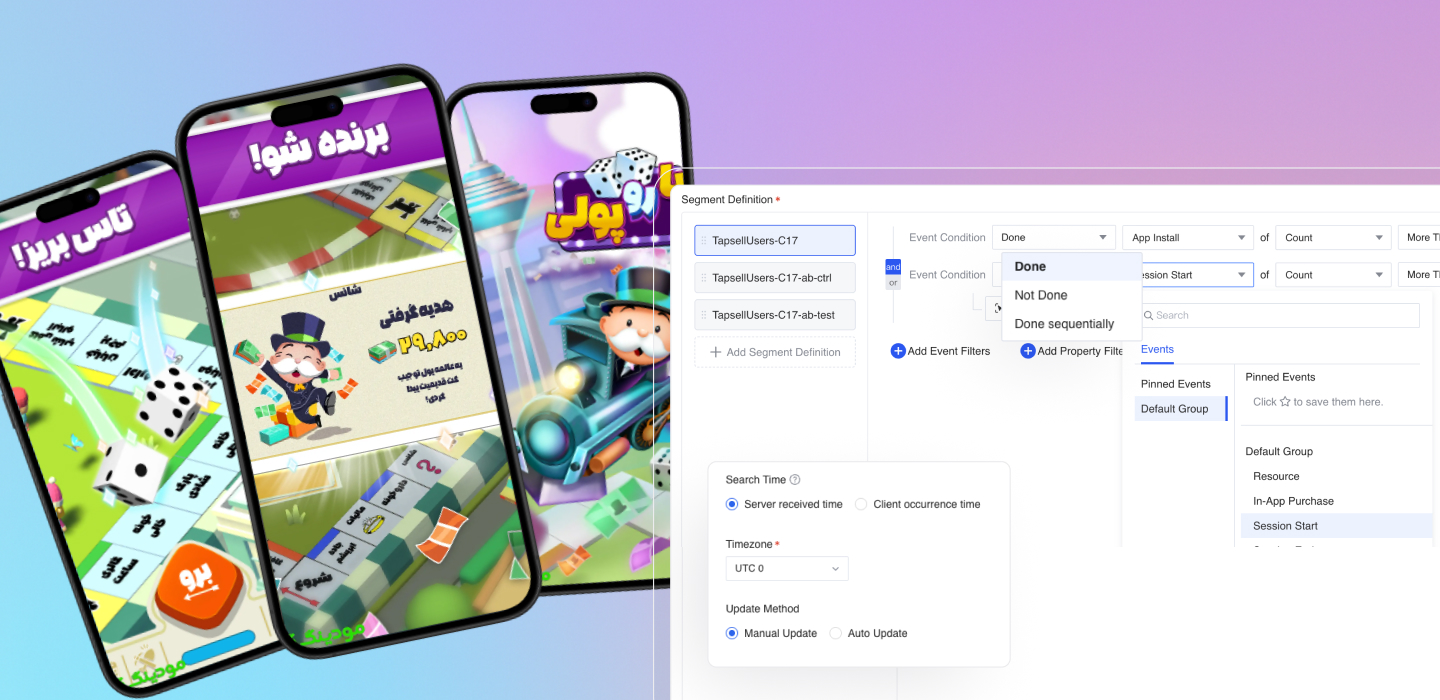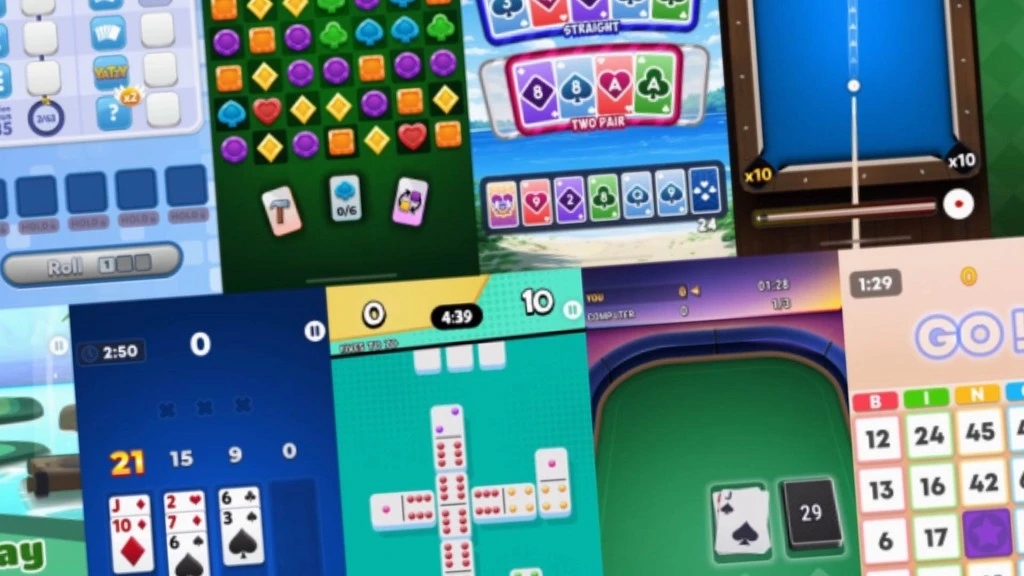
Discover how Baloot Games leveraged User Analysis, the new user-level segmentation tool from GameAnalytics, to unlock powerful user segmentation and behavioral insights, optimizing retention, balancing game mechanics, and driving faster design decisions. With flexible segmentation, real-time exploration, and zero SQL required, they turned raw player data into smarter game design and faster iteration.
Challenge
Initially, Baloot Games attempted to build their own internal user tracking system to dynamically adapt gameplay. However, development time and cost soon became barriers. Their needs included real-time behavioral insights, segment creation, and deeper user funnel visibility. Those were only partially met by tools like Amplitude, Mixpanel, or Firebase. These alternatives either didn’t offer the flexibility required or proved too expensive for their current MAU scale. Baloot needed a powerful yet cost-effective analytics platform that could go beyond aggregate dashboards and give their product and design teams access to detailed user-level behavior.
Solution
After testing GameAnalytics' User Analysis, Baloot Games found the capabilities they were trying to build - already available and well-designed. The platform's retention analysis, event correlation, and user segmentation gave them immediate and actionable insights into how their players engage with game features such as levels (towns, in the case of their game), collectible sets, and in-game progression. Using cohort retention views, the team discovered how completing specific sets within an album directly impacted returning sessions. They were able to create and save advanced segments (e.g., players active in a given month, or those who reached specific milestones), then compare them across various metrics such as churn rate, in-app purchases, and content engagement.
Baloot Games, a 15-person studio, recently attempted to build an internal analytics tool to better understand user behavior and balance gameplay in real-time. However, with a growing portfolio of seven published games across Android and Windows, including local hits like Sofrechi and Cooking Time, their product and design teams needed faster, more reliable ways to make data-informed decisions. Their two-person data-focused team, comprising a Product Manager and a Game Designer, had been manually segmenting users using Excel sheets and Python scripts, combining transactional data, progression, lifespan, and acquisition source, followed by individual event lookups and even player interviews.
After testing User Analysis, the Pro feature of SegmentIQ, they decided to fully connect their data tools to GameAnalytics and rely on User Analysis features. The platform’s segmentation tools and structured insights dramatically reduced the time spent coding and debugging, while empowering their Product Manager to generate segments and reports, and the Game Designer to act quickly on actionable insights, and ultimately saving hours of effort and accelerating iteration across their games.
Listen to Alireza Khorshidi, Product Manager at Baloot Games, as he explains how they use User Analysis to dive deep into their player data, build custom segments, and uncover what truly keeps their players engaged:
Paropoly, Baloot Games’ latest title, is a locally tailored, 3D social game inspired by the global hit Monopoly GO!. Following the success of their cooking simulation games, the team wanted to break new ground by combining chance-based gameplay, puzzles, and regional preferences to create luck-driven mechanics, such as dice rolls. The game adds a fresh layer of depth with 3D visuals and challenge-driven progression, filling a gap in the local market where high-quality 3D casual games are still rare. Currently in soft launch, Paropoly’s green light KPIs include a strong DAU/MAU ratio (15-20%), high early retention (45-50%), and solid conversion rate (3%).
The core User Analysis use cases
By diving deep into User Analysis, Baloot Games gained a lot of practical insights that directly shaped their new game’s design and player experience. Here are some of the core ways the team is applying the tool in their daily workflow:
- Identifying balance issues in reward systems: By analyzing how often specific in-game packs were distributed and consumed, Baloot Games identified major imbalances, among others, that some players received far too many packs, while others received barely any. This insight informed a rework of the pack distribution logic.
- Pinpointing level-based churn: Using segment filtering and funnel analysis, the team linked churn spikes to specific cities or levels, allowing designers to refine those areas and improve player retention.
- Combining design events and progression: With the ability to define and visualize complex player behaviors, they could explore correlations like “Do users who complete X feature return more often?” or “Which feature completions align with drop-offs?”
- Custom segments and saved reports: Game designers now work from pre-built cohorts of users and compare their behavior week over week. These segments are shared across product teams to align on goals.
Why Baloot Games chose GameAnalytics’ User Analysis
Baloot Games evaluated Amplitude, Mixpanel, and Firebase, but found that User Analysis offered more value for the price, especially for the level of event flexibility and player-centric reporting. Familiarity with GameAnalytics' ecosystem and ease of use made the decision even easier. Alireza, the Product Manager of the studio, noted:
“User Analysis from GameAnalytics is a lot easier to use than anything else we've seen so far - and it’s already generating real value without needing a full-time data engineer to manage it.”
Results and impact
With User Analysis, Baloot Games replaced their need for an internal system while improving visibility across design and product workflows. Their designers now act on granular insights instead of assumptions, resulting in better-balanced gameplay, fewer blind spots in progression, and smarter feature design.
After a month of using User Analysis, the studio attributes 4-5 major balancing decisions to insights uncovered with the tool.
Looking to the future
Looking ahead, Baloot Games is focused on scaling their upcoming title, Paropoly, with the goal of breaking into the top-selling games in their local market. As they continue to grow, the team is also exploring untapped opportunities in the region, looking for gaps they can fill with fresh, engaging game experiences tailored to local player preferences.
Following its success in Paropoly’s soft launch, User Analysis is set to become a core part of Baloot Games’ future development toolkit. The team plans to extend its use across upcoming projects, especially where deep segmentation and detailed reporting are key to refining gameplay and maximizing player engagement.
“We used to try to answer big questions with Excel sheets and exports. Now we do it all from one place, and that has completely changed how fast we move. Integrating User Analysis with our data tool has made Excel sheets a bridge instead of a full reliance.”



